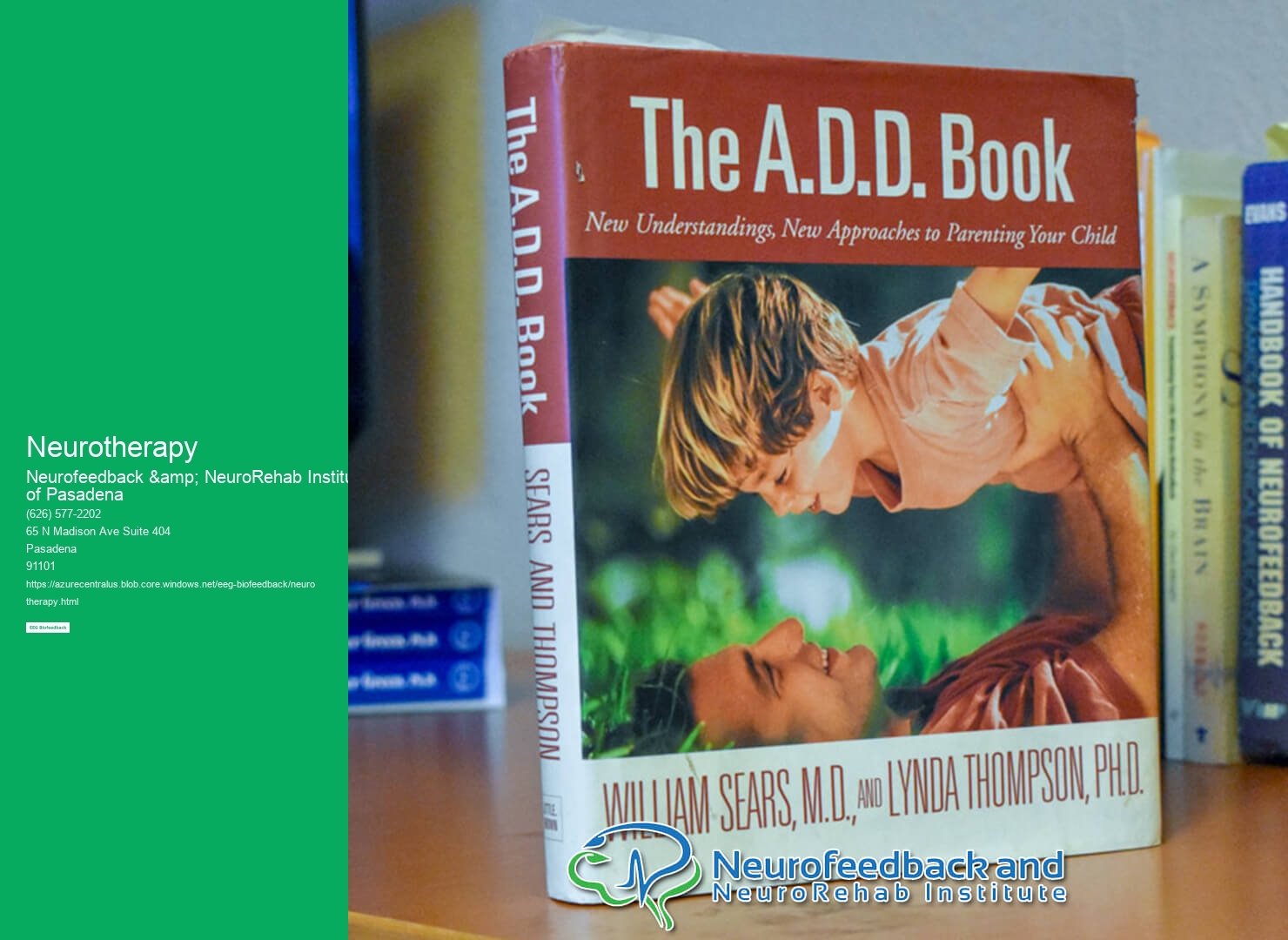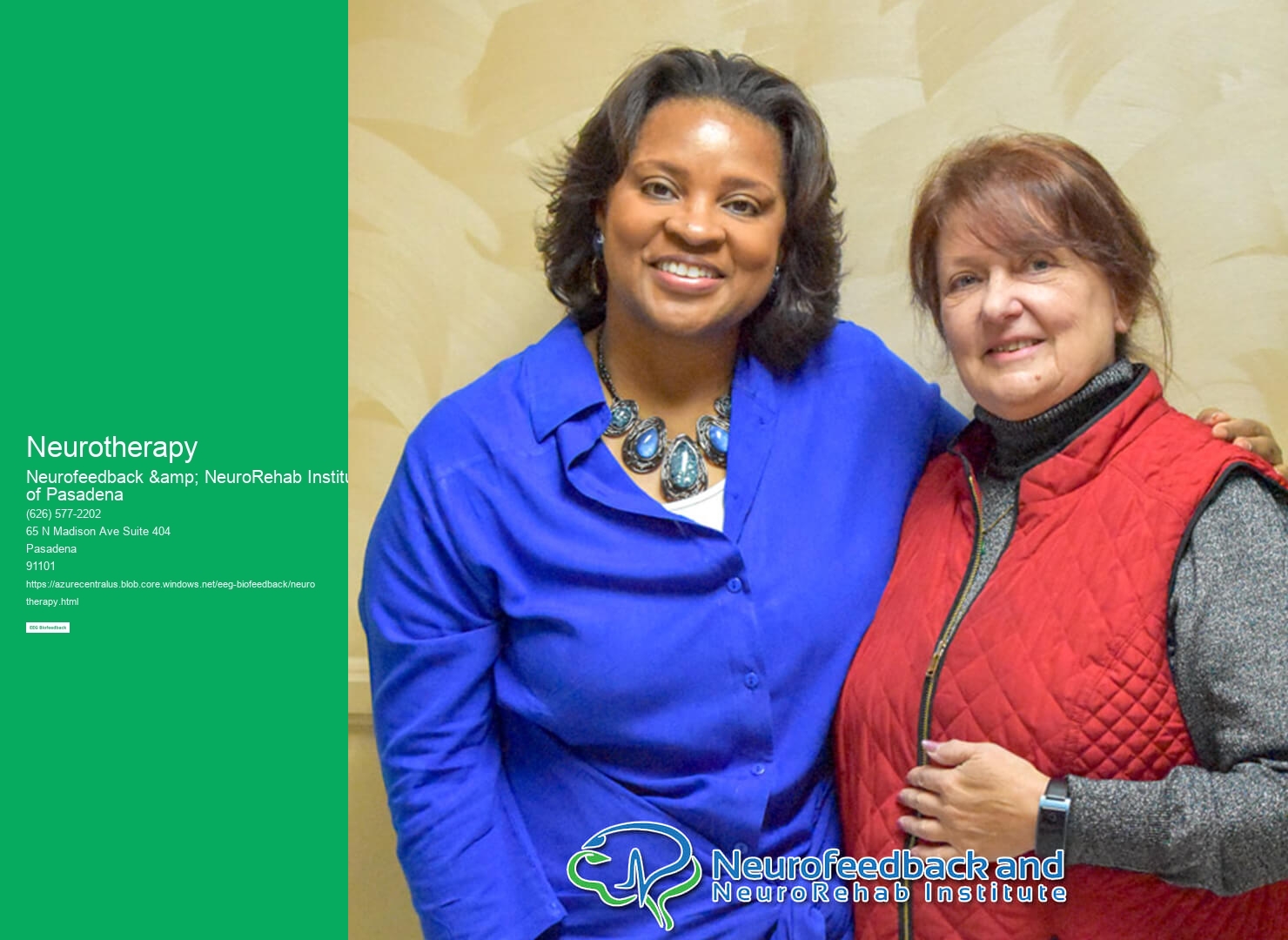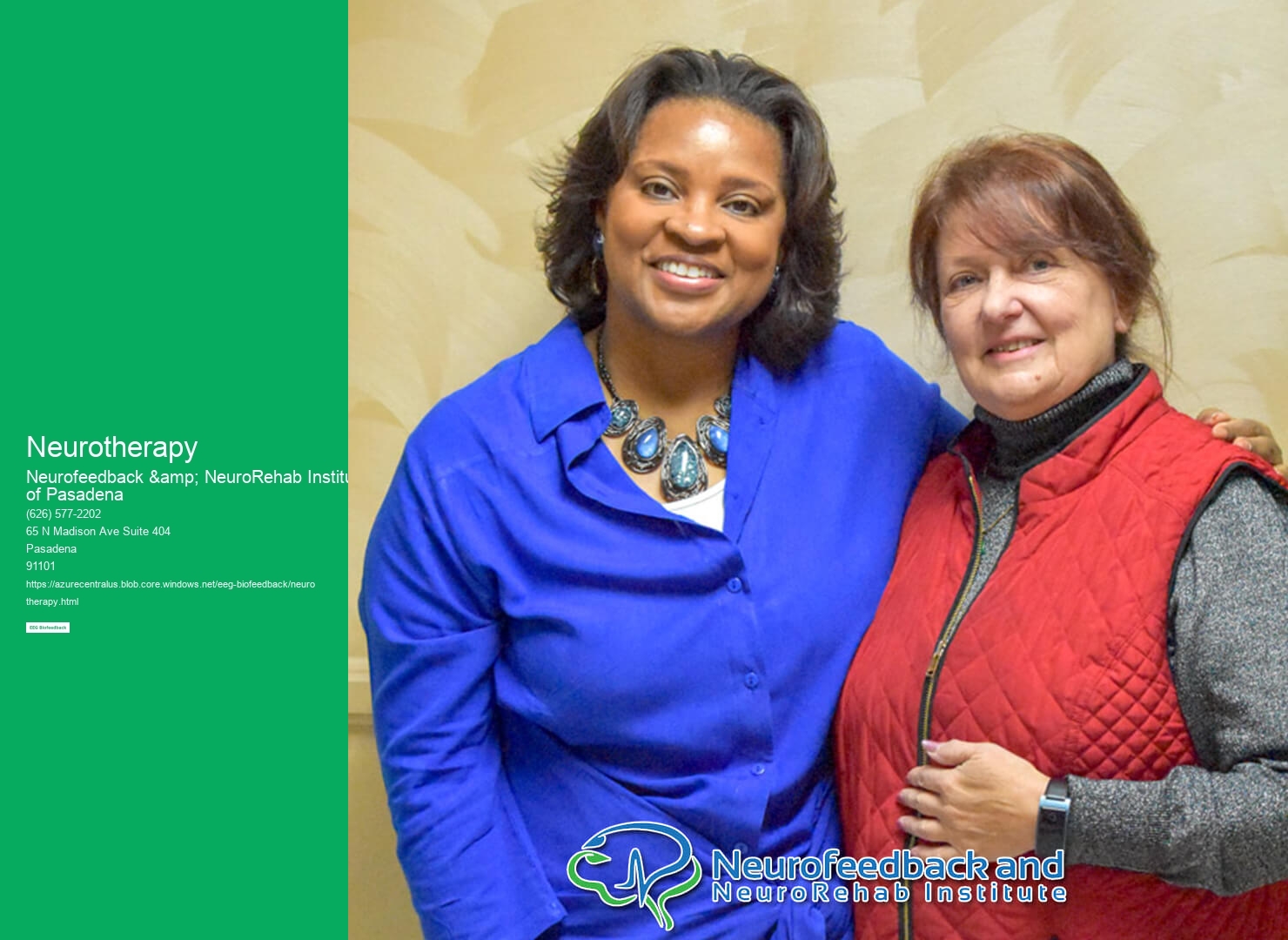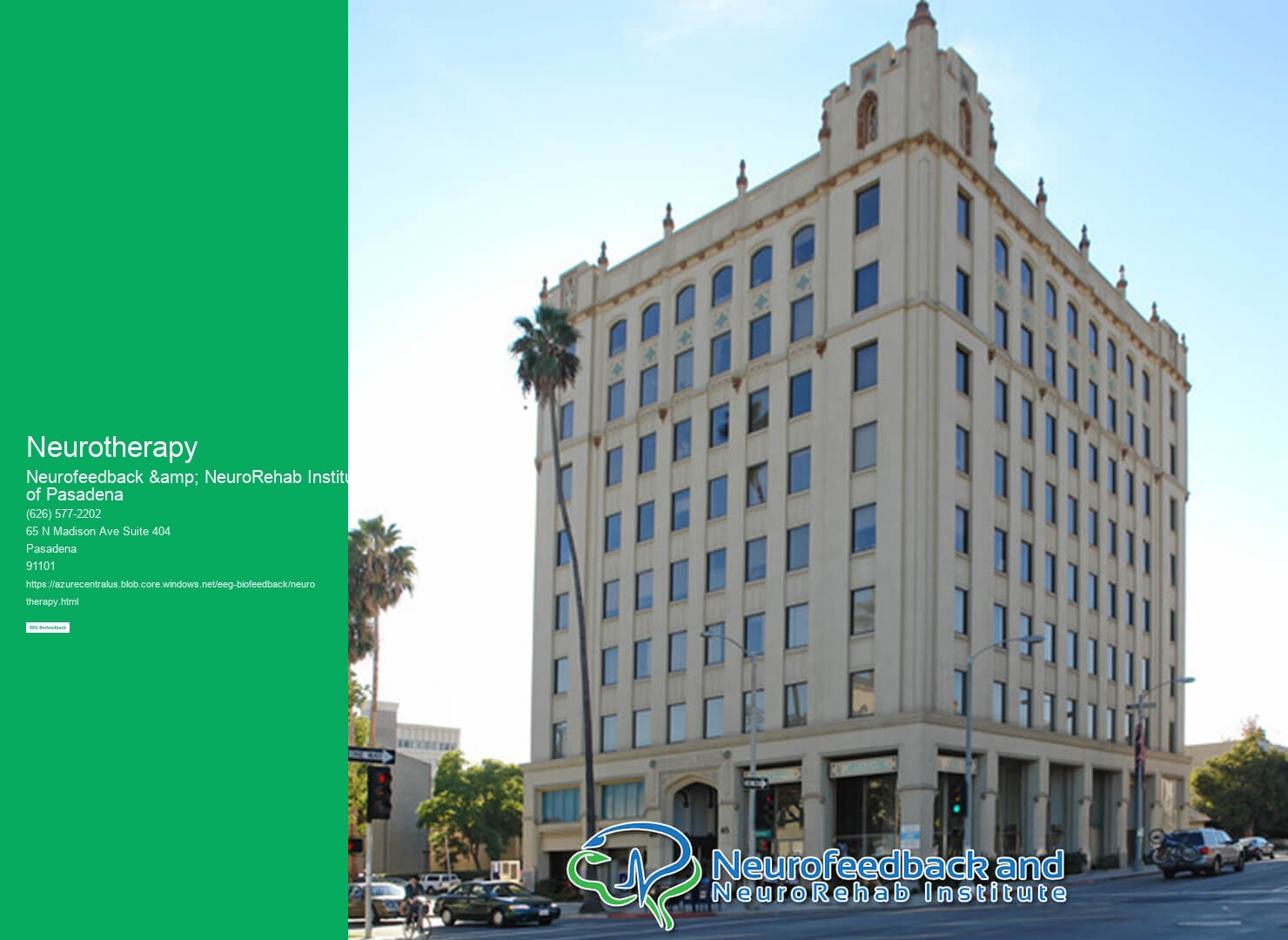

Neurotherapy, also known as neurofeedback or EEG biofeedback, is a non-invasive therapeutic technique that aims to improve brain function and regulate brainwave activity. It involves the use of sensors placed on the scalp to measure electrical activity in the brain, which is then displayed on a computer screen in real-time. Through this visual feedback, individuals can learn to self-regulate their brainwave patterns and achieve a more balanced state of brain activity. Neurotherapy works by training the brain to produce more desirable brainwave patterns, such as increasing alpha waves associated with relaxation or reducing beta waves associated with stress and anxiety. By doing so, it can help improve various cognitive functions, emotional regulation, and overall mental well-being.
Neurotherapy has shown promise in helping individuals with attention deficit hyperactivity disorder (ADHD). Research suggests that neurofeedback training can help individuals with ADHD improve their attention span, impulse control, and overall executive functioning. By providing real-time feedback on brainwave activity, neurotherapy helps individuals with ADHD learn to self-regulate their brain activity and improve their ability to focus and concentrate. While neurotherapy may not be a standalone treatment for ADHD, it can be a valuable adjunctive therapy that complements other interventions, such as medication and behavioral therapy.
For individuals with anxiety disorders, neurotherapy can offer potential benefits. By training the brain to produce more relaxed brainwave patterns, neurotherapy can help reduce anxiety symptoms and promote a sense of calmness. It can also help individuals develop better emotional regulation skills, allowing them to manage their anxiety more effectively. Additionally, neurotherapy can improve sleep quality, which is often disrupted in individuals with anxiety disorders. By addressing the underlying brainwave dysregulation associated with anxiety, neurotherapy can provide long-term relief and improve overall quality of life.

While neurotherapy has shown promise in treating depression, it is important to note that it is not a standalone treatment for this condition. Neurotherapy can be used as an adjunctive therapy to help individuals with depression regulate their brainwave activity and improve mood. By training the brain to produce more desirable brainwave patterns, such as increasing alpha waves associated with relaxation and reducing delta waves associated with depression, neurotherapy can help individuals experience a reduction in depressive symptoms. However, it is crucial for individuals with depression to seek comprehensive treatment that may include medication, therapy, and lifestyle changes in addition to neurotherapy.
Neurotherapy can be beneficial for individuals with post-traumatic stress disorder (PTSD). By targeting the dysregulated brainwave patterns associated with PTSD, neurotherapy can help individuals reduce hyperarousal, flashbacks, and other symptoms of trauma. Through neurofeedback training, individuals can learn to self-regulate their brainwave activity and achieve a more balanced state of brain functioning. This can lead to a reduction in PTSD symptoms and an improvement in overall well-being. However, it is important to note that neurotherapy should be used as part of a comprehensive treatment plan for PTSD, which may include therapy, medication, and other interventions.


Neurotherapy has shown potential in improving cognitive function and memory. By training the brain to produce more desirable brainwave patterns, such as increasing alpha waves associated with relaxation and focus, neurotherapy can enhance cognitive abilities. Research suggests that neurofeedback training can improve attention, working memory, and processing speed. It can also help individuals with cognitive decline, such as those with mild cognitive impairment or age-related memory loss, maintain and even improve their cognitive function. Neurotherapy can be a valuable tool for individuals looking to enhance their cognitive abilities or address cognitive challenges associated with various conditions.
Neurotherapy is generally considered safe and well-tolerated, with minimal side effects. The training process is non-invasive and does not involve the use of medication. However, some individuals may experience temporary side effects such as mild headaches, fatigue, or dizziness during or after a neurofeedback session. These side effects are usually short-lived and resolve on their own. It is important to work with a qualified and experienced neurotherapist who can tailor the treatment to individual needs and monitor for any adverse reactions. Overall, neurotherapy is a safe and effective therapeutic approach that can offer significant benefits for individuals seeking to improve their brain function and mental well-being.

EEG biofeedback and traditional neurofeedback are both forms of neurofeedback therapy that aim to improve brain function and address various neurological conditions. However, there are some key differences between the two approaches. EEG biofeedback specifically focuses on measuring and training brainwave activity using electroencephalography (EEG) technology. It involves placing electrodes on the scalp to detect and record electrical activity in the brain, which is then analyzed and used to provide feedback to the individual. Traditional neurofeedback, on the other hand, encompasses a broader range of techniques and may incorporate other types of biofeedback, such as heart rate variability or skin conductance. It may also involve additional forms of brain imaging, such as functional magnetic resonance imaging (fMRI) or quantitative electroencephalography (qEEG). While both EEG biofeedback and traditional neurofeedback can be effective in promoting self-regulation and improving brain function, the specific techniques and technologies used may vary.
Alpha asymmetry feedback plays a crucial role in enhancing emotional regulation in EEG biofeedback. By providing individuals with real-time information about the asymmetry between the left and right hemispheres of their brain's alpha activity, this feedback enables them to gain insight into their emotional states and learn to regulate them effectively. Through the use of specialized neurofeedback protocols, individuals can learn to increase left hemisphere alpha activity, which is associated with positive emotions and approach-related behaviors, while simultaneously decreasing right hemisphere alpha activity, which is linked to negative emotions and withdrawal-related behaviors. This process of self-regulation is facilitated by the feedback loop between the individual's brain activity and the visual or auditory cues provided during the biofeedback session. By repeatedly practicing this regulation, individuals can develop greater control over their emotional responses and improve their overall emotional well-being.
LORETA (Low-Resolution Brain Electromagnetic Tomography) plays a significant role in advancing EEG biofeedback research. By utilizing advanced imaging techniques, LORETA allows researchers to accurately localize and map brain activity in real-time. This technology enables the identification of specific brain regions and networks that are associated with various cognitive and emotional processes. By understanding the precise neural mechanisms underlying these processes, researchers can develop targeted interventions and therapies for a wide range of neurological and psychiatric disorders. Additionally, LORETA provides valuable insights into the functional connectivity between different brain regions, shedding light on the complex interactions within the brain. This information is crucial for developing personalized treatment plans and optimizing the effectiveness of EEG biofeedback interventions. Overall, LORETA enhances our understanding of brain function and facilitates the advancement of EEG biofeedback research.
EEG biofeedback, also known as neurofeedback, has shown promising results in the treatment of mood disorders such as anxiety. This non-invasive technique involves monitoring and training brainwave activity to regulate and optimize brain functioning. By providing real-time feedback on brainwave patterns, individuals can learn to self-regulate their brain activity and achieve a more balanced state. Research has indicated that EEG biofeedback can help reduce symptoms of anxiety by improving self-regulation, enhancing emotional stability, and promoting relaxation. Additionally, it has been found to have a positive impact on cognitive functioning, attention, and overall well-being. The use of EEG biofeedback as a complementary therapy for mood disorders is gaining recognition and is considered a safe and effective treatment option.
EEG biofeedback, also known as neurofeedback, plays a significant role in enhancing sports performance. By measuring and analyzing brainwave activity, EEG biofeedback provides athletes with valuable insights into their mental states and helps them optimize their performance. Through the use of specialized equipment, athletes can receive real-time feedback on their brainwave patterns, allowing them to identify and address any areas of imbalance or inefficiency. This feedback can help athletes improve their focus, concentration, and mental clarity, leading to enhanced performance on the field or court. Additionally, EEG biofeedback can assist athletes in managing stress and anxiety, which are common barriers to optimal performance. By training their brains to enter a state of relaxation and calmness, athletes can better regulate their emotions and maintain a positive mindset during high-pressure situations. Overall, EEG biofeedback offers athletes a powerful tool for unlocking their full potential and achieving peak performance in their respective sports.